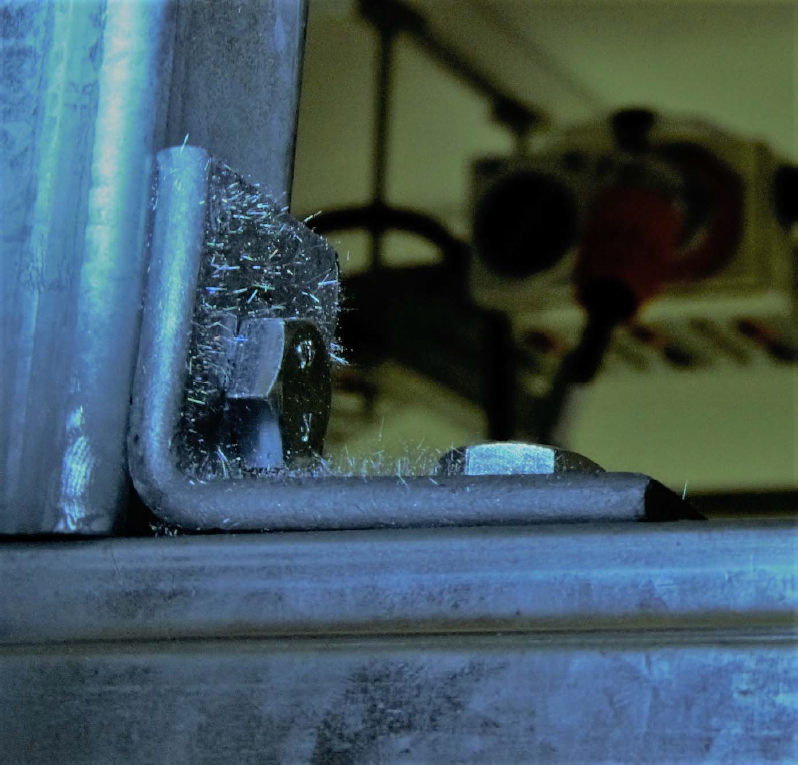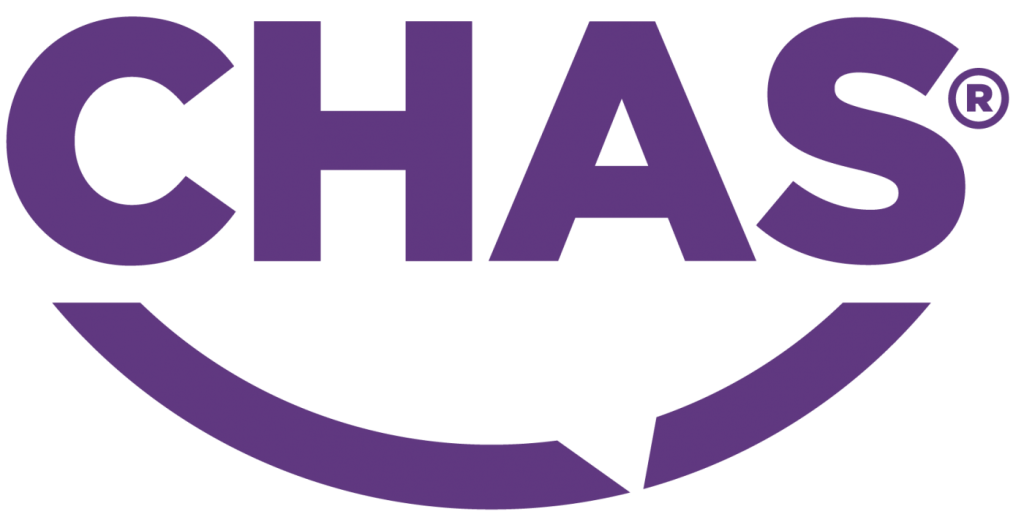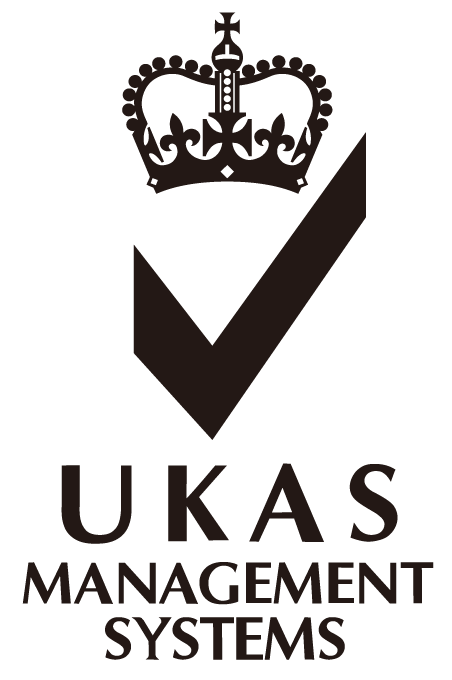Critical Facilities Solutions partner with our customers to identify, trace, test, confirm and control Zinc Whiskers. We remediate or replace infrastructure, where possible, or manage the Zinc Whiskers as part of a bespoke cleaning package.
We investigate the source and cause of Zinc Whiskers in critical plant, power and Data Centre environments within UPS’s, active equipment, IT hardware and servers, right down to component level; sub-floor and ceiling voids; raised access flooring structures and panels; containment solutions and throughout the facility.
The CFS Zinc Whisker Service Includes:

Within Data Centre’s, raised access floors, basket or cable tray, internal rack uprights, can be a source of zinc whiskers, which are a particularly hazardous form of contamination. They most frequently originate from the zinc-plated underside of raised-access floor tiles and raised-access support structures such as pedestals and stringers. These metal surfaces are coated with zinc in a galvanisation process to help protect them from corrosion. While several techniques such as hot-dip or spraying are used, whisker growth appears to be limited to electroplated samples. The whiskers are zinc crystals formed by the degradation (corrosion) of the galvanised metal surface. Whisker growth on access floor tiles is of particular concern as these have a large surface area and are often disturbed during normal activity in a computer room. Growth is most likely to occur on wood-core access panels and flat-bottomed concrete core panels. Although access floor tiles have been used in high-technology facilities since the 1960s, it is apparent that some, if not all of their manufacturers did not give adequate forethought to the electro-chemical instabilities of the metal stock used in their products. Additionally, other metals besides zinc are known to produce whiskers. These include tin, indium, gold, cadmium and antinomy.
These whiskers are typically 2 microns in diameter and over many years can grow up to 10 mm in length, although typically less than 1 mm. Under proper lighting, they can be visible to the naked eye on surfaces. The whisker formation process consists of an unpredictable incubation period, typically lasting months or even years without any growth at all, followed by a period of growth at rates as high as 1 mm per year. Some zinc coated surfaces may never grow whiskers. Unfortunately, accelerated techniques do not currently exist to predict if, when, and to what extent a zinc-coated surface will produce whiskers. Not all electroplated surfaces exhibit whisker growth and not all develop the problem at the same rate. There is no clear evidence that environmental factors will accelerate whisker growth.
The age of existing floor structures can also exacerbate the issue, with many facilities now have flooring that has been in place for over 10 years, allowing whiskers to reach a length sufficient to bridge exposed conductor tracks. This can be aggravated by increased maintenance and upgrade activity in raised-floor facilities. Any activity that involves moving flooring can dislodge whiskers, and in current high-tech environments, computing facilities frequently undergo regular maintenance activity such as adding and removing hardware or repositioning and reconfiguring equipment.
Zinc whiskers are electrically conductive. If they settle within ICT equipment so as to bridge between signal tracks on an electronics circuit board, they can cause a short circuit resulting in either intermittent or permanent equipment failure. This issue is becoming more acute as OEMs constantly strive to deliver more processing power from smaller enclosures. The resulting shrinkage means smaller distances between adjacent circuit board tracks, which can more easily be bridged by smaller conductive particles. Processor chips and other ICs are also tending to be driven by lower voltages, so there is less energy available to melt conductive bridges as they appear across tracks.
Airborne whiskers are a potential health hazard as well. The nature and extent of this is not well understood, but exposure to inhalation of whiskers must certainly be prevented. Sampling should be conducted by competent personnel who understand the need to contain rather than spread contamination during the sampling process. Scanning Electron Microscopy (SEM) is the most common method for confirming zinc whisker contamination. Using a laboratory for SEM analysis is not the cheapest way of identifying suspect sources, but it is the most conclusive.
Both short and long term remediation options are available if contamination is identified. In the short term, protectively coated electronics can replace affected components, and floor tile handling activity can be minimised. Longer term solutions include carefully planned removal of affected or suspect tiles and other items, thorough cleaning of the Data Centre using H-type vacuums, and installation of replacement floor structures not prone to whisker formation. Simply washing infested materials is ineffective, as whiskers can grow back. Conformal coating is a possible solution, but it requires long term testing for validation as whiskers can potentially grow through some coatings. The best approach for any situation depends on the contamination extent, the condition of the tiles and structure, the size and location of the affected area, costs, time, and management commitment to minimise the problem.










